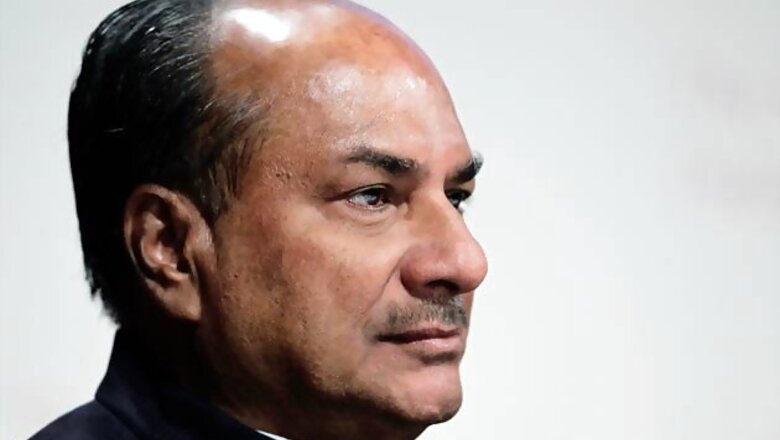
views
New Delhi: India will launch its first indigenous aircraft carrier, Vikrant, on August 12 from the Kochi shipyard. This will make India the fifth country after the US, Russia, Britain and France to have the capability to build such vessels.
Talking to media persons here, navy vice chief Vice Admiral RK Dhowan said the 40,000 tonne indigenous aircraft carrier (IAC) was one of its most prestigious warship projects and was unprecedented in terms of size and complexity.
Noting that only the US, Russia, Britain and France have capacity to design and build aircraft carriers of 40,000 tonnes and heavier, he said: "With this project, India has joined the select club of nations."
"The phase-I launch will take place on August 12," he said. The carrier is expected to be delivered by end 2018.
Designed by Indian Navy's design organisation and being built by Cochin Shipyard Limited (CSL), the carrier is to be named Vikrant - after India's first carrier acquired from Britain - and will be launched by Elizabeth Antony, wife of Defence Minister AK Antony.
After the launch, the carrier will return to the dock at Cochin Shipyard for erecting the superstructure and remaining work. Dhowan said major outfitting work will be completed by 2016, after which extensive sea trials will be conducted.
Built using high-strength steel developed by the Defence Research and Development Organisation and Steel Authority of India Ltd, the carrier's production commenced in 2006 and its keel was laid in 2009.
To be 260 metre in length and 60 m in breadth and capable of attaining speeds over 28 knots (56 km per hour), the carrier will be able to accommodate about 25 aircraft. It will have a crew of about 1,450.
Having power generation capacity of 24 MW, enough to light a small township, it will have 2,500 km of cable, 70 km of pipes and 2,300 compartments.
There will be two take-off runways and a landing strip with three arrester wires capable of operating a STOBAR (short take off but arrested recovery) aircraft mix including the indigenous Light Combat Aircraft, the MiG-29K combat jets and a range of helicopters.
"The carrier will be equipped with a long range surface-to-air missiles system with multi-function radar and close-in weapons system," Dhowan said.
On the indigenisation levels, he said it was 80 to 90 percent in the float category (fabrication) and 50 to 60 percent in the move category (propulsion and related machinery).
In the weapon category, indigisation was only 30 percent due to import of aircraft and radars, Dhowan said, but added the integration of all weapon systems on board would be through an indigenously-developed combat management system.
On the second such carrier, he said detailed studies were being done on the type of aircraft required, launch and recovery mechanisms and propulsion systems.
"It is being discussed at naval headquarters. Once finalised, we will move for approval," he said.
He said the Navy plans to have three aircraft carriers, one each for both coasts and one in reserve.
The Vikramaditya (Admiral Gorshkov) is expected to be delivered by the end of this year, he said, adding that after its arrival from Russia, the status of Viraat, the sole aircraft carrier in operation at present, will be reviewed.
Dhowan said that after induction of Vikramaditya, the Navy would have two carrier battle groups, giving both the western and eastern commands operational flexibility.












Comments
0 comment